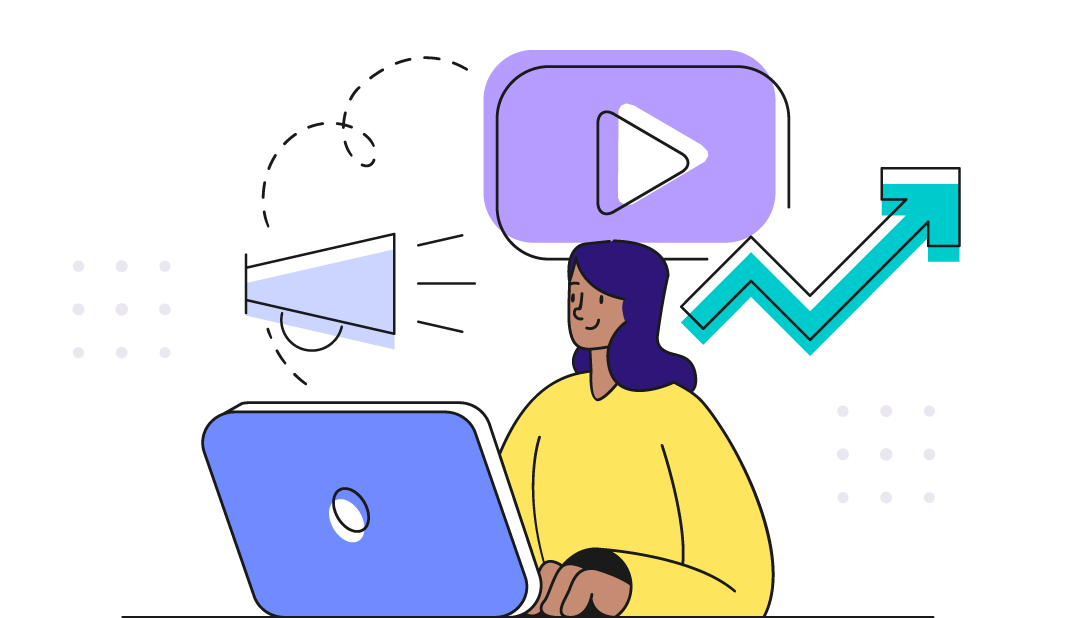




It’s no secret that LinkedIn can be an effective way to grow business. Companies have been exploring this versatile social media tool for more than 15 years now, making valuable connections and learning the dos and don’ts of LinkedIn marketing. Participation continues to grow – last year the company reported a 41 percent increase in session time for its main app year-over-year. But many companies are still missing out on some of the best advantages LinkedIn can offer.
Using LinkedIn for business development means more than having a great company page. The platform offers multiple ways for business-to-business (B2B) companies to form and nurture the deeper relationships that can eventually lead to significant business. Among these, LinkedIn Groups is an especially valuable resource.
About half of LinkedIn’s 610 million members are involved in at least one group, and there are more than 2 million groups on the platform. Some use groups for job searches or talent searches, others simply to keep up with co-workers from a former employer. But groups can also be powerful tools for companies to connect with potential customers and commercial partners.
There’s a difference in simply having a group and making good use of it. Poorly administered groups have discouraged some professionals from remaining active in them. And significant changes that LinkedIn made to Groups a few years ago -- including breaking Groups out into its own app and pushing it to a more private, less noticeable spot on the LinkedIn site -- drove some users away and ended up being widely viewed as a mistake. Among other problems, LinkedIn has acknowledged that the separate Groups app couldn’t keep up with improvements made to the main LinkedIn app.
Despite a few missteps, the concept of LinkedIn Groups is still as viable as ever. A B2B that is willing to put in the time to build a strong group and is savvy about maintaining it can create a competitive advantage for itself with prospects that don’t respond to pushier sales approaches. Cultivating relationships pays dividends, and LinkedIn Groups remains a useful way to do that.
The best news is that, beginning last September, LinkedIn introduced a new round of major changes that improve the Groups experience by making interactions easier, richer and more rewarding. If you haven’t tried Groups in the past few months, you might be surprised how much more accessible it has become.
As LinkedIn’s Mitali Pattnaik wrote in September, LinkedIn has “rebuilt Groups from the ground up.” Recent changes include:
These changes should make the experience more rewarding for anyone who uses Groups, but the new tools should be especially useful for B2Bs managing a group to build and sustain professional relationships.
B2Bs have a long and well-established association with LinkedIn. The reasons are easy to see from LinkedIn B2B marketing statistics:
As impressive as these numbers are, could they be higher? Probably. A company can know how to use LinkedIn for business marketing and still miss some opportunities. One way to drive leads and revenue is to make the best possible use of LinkedIn Groups. This resource can help a company establish and grow a leadership role in its industry.
An important thing to remember going in is to take your time and do it right. Before starting your own group, join some existing groups to get a feel for what works and what doesn’t. LinkedIn makes it easy to find the most relevant groups through keyword searches and to use data to identify the most active groups for your primary interests.
Do some “listening” before you start talking and get a sense of group etiquette. As you become an active part of a group, you’re forming relationships that can later bear fruit when you create your own group.
Managing a group well requires a significant commitment of time and attention. Put some serious thought into your initial messaging. Make sure it sets the tone you want and gets the conversation started in the right way.
Now that LinkedIn has brought Groups back to its main stage, the same strengths that made the feature so attractive to B2B marketers in the first place are easy to spot. It takes some time to reap the full rewards available through LinkedIn Groups, so be patient. The potential benefits are well worth it. They include:
LinkedIn Groups has had its ups and downs, but B2Bs have proven its value over and over through the years. The revamped version makes the feature easier than ever to deploy as a key component in a multilayered marketing strategy. If you need help finding your company’s place in LinkedIn Groups, Spot On is ready to help.


Spot On co-founder and partner Susie Kelley is dedicated to leveraging technology to advance innovative solutions in highly regulated industries. Driven by the opportunity to elevate brands, she co-founded Spot On in 2012 after having spent 15 years honing her marketing skills in an agency. Susie leads business development with a personal touch, focusing on building lasting relationships with clients to meet — and exceed — their goals for business growth.
Get the latest and greatest posts sent straight to your inbox.


